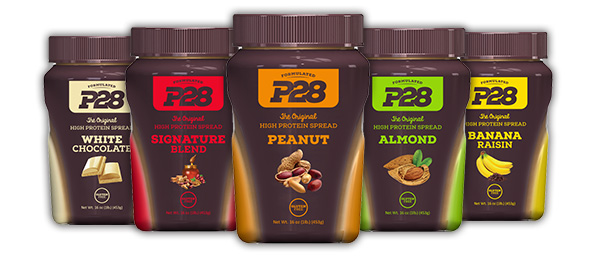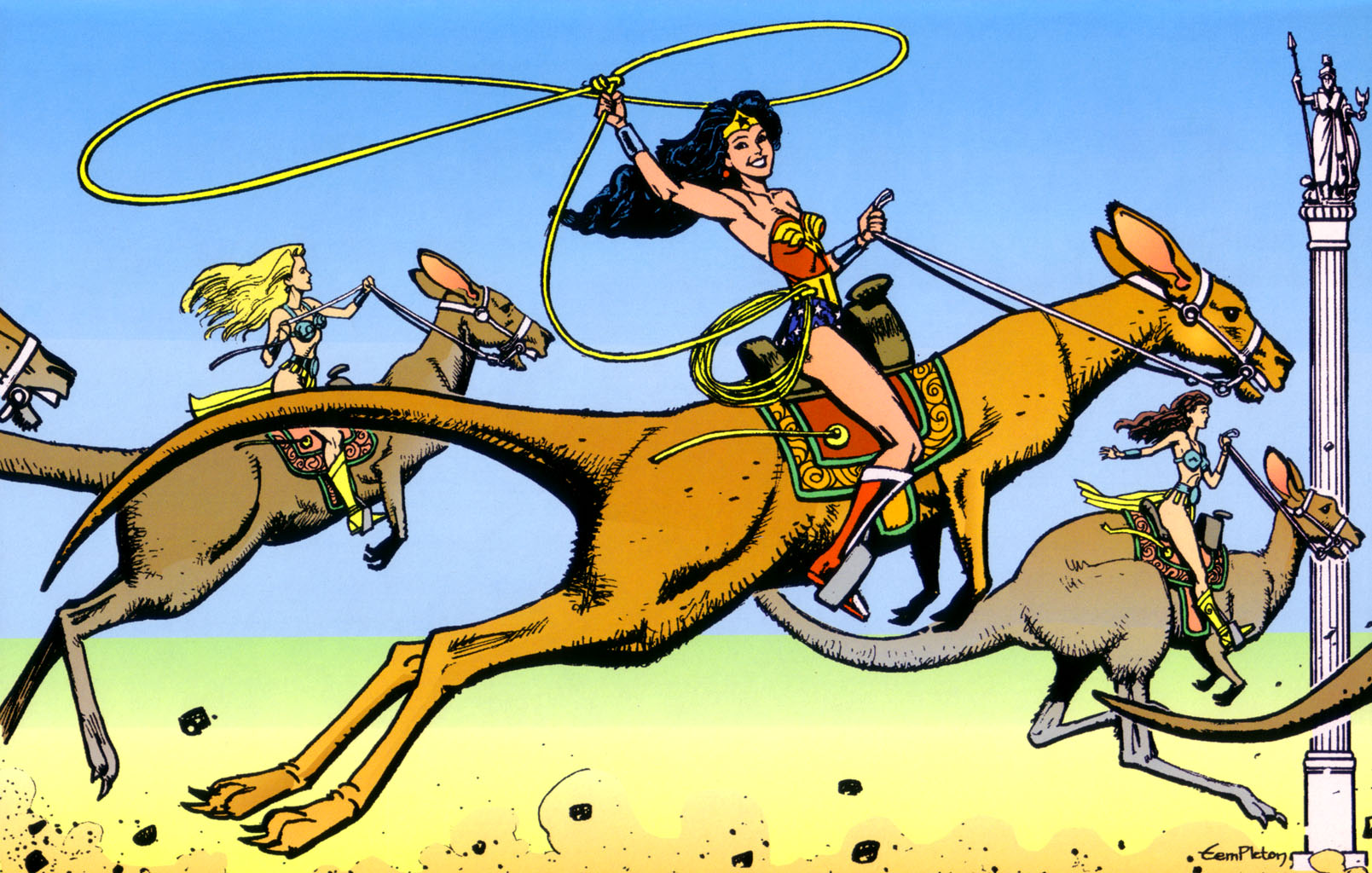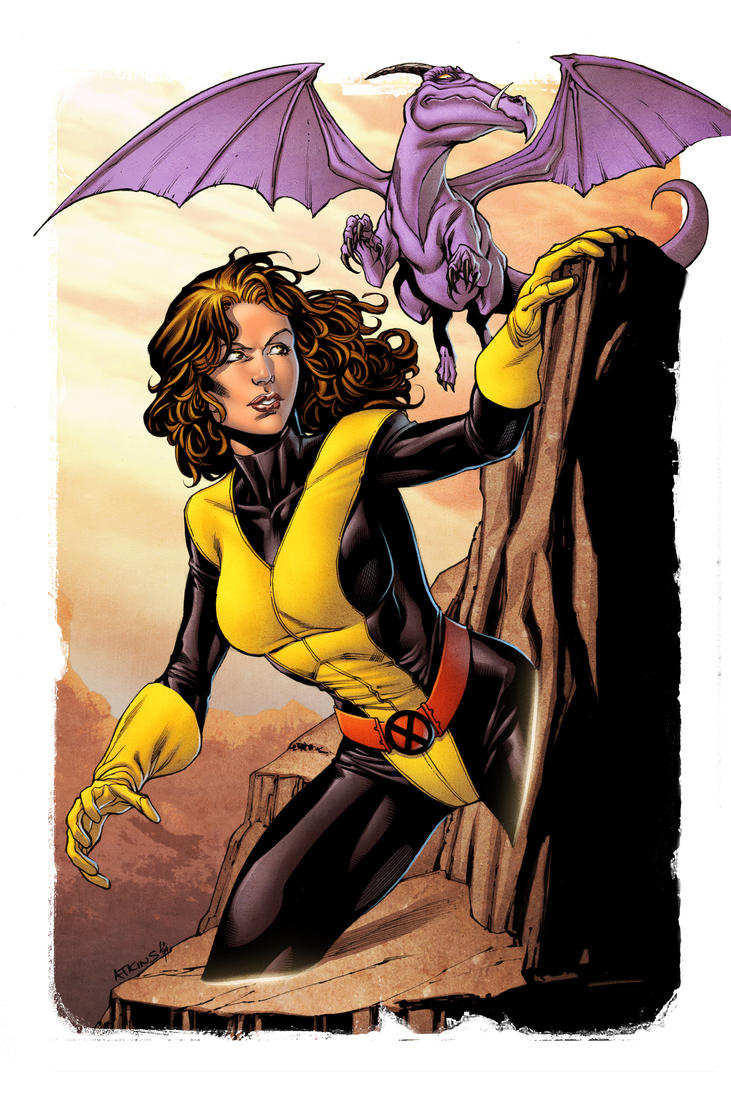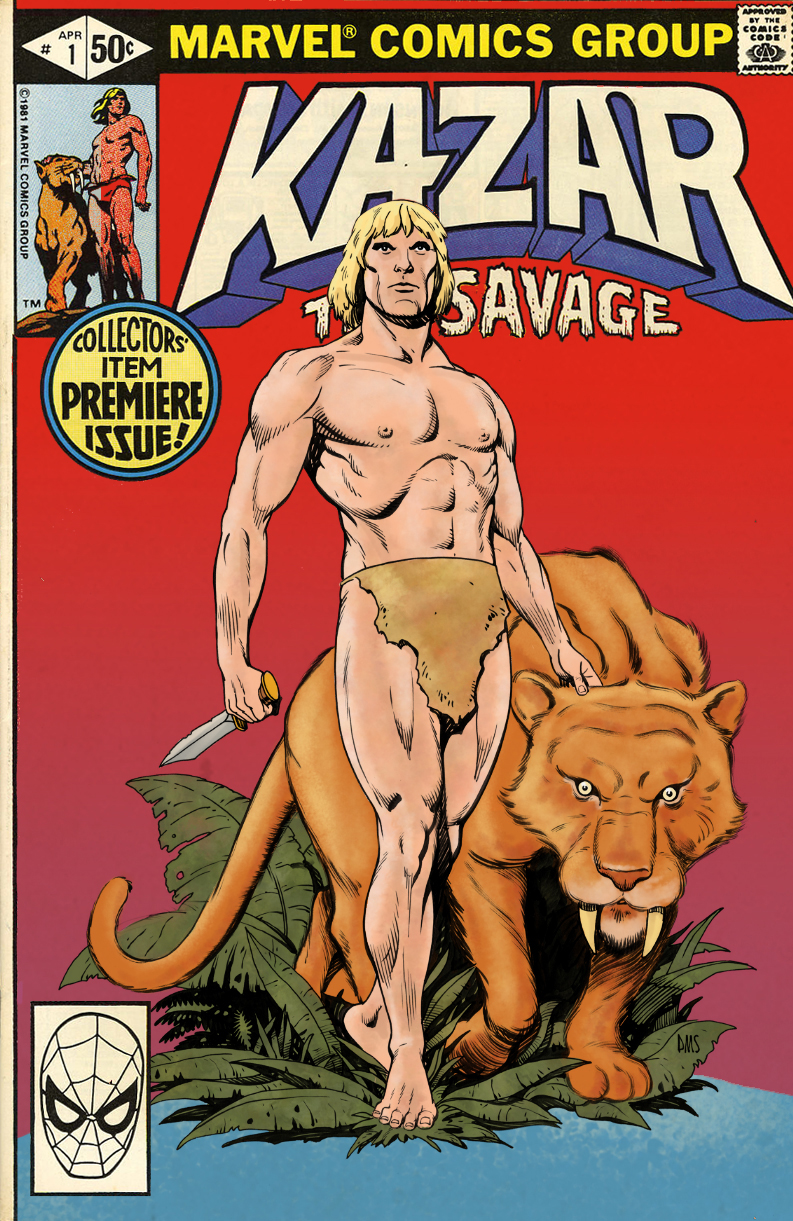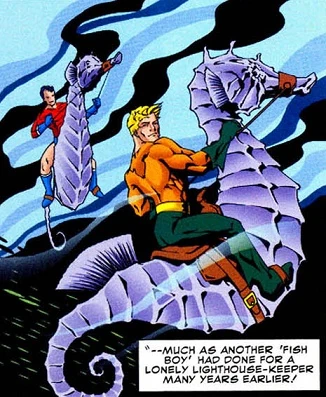I was asked this question back in June, but I had done so many nutrition topics recently that I decided to postpone my response. Here's what Crystal wrote.
My yorki poo is currently 7 months old. She had an ear infection when we first got her at 8 weeks old. She just got spayed 2 weeks ago and she had another ear infection. The Dr said that it could possibly be from food allergies. I am hesitant to change her food without knowing for sure if it is food allergies. He didn't say if it was a yeast or bacterial infection but that it was red and inflamed. She has been on Royal Canin's puppy food since we've had her and the only change with that line of food was going from the mini starter to the mini puppy. At a previous visit to the vet we were told that she has a lot of hair in her ears which needs to be pulled to prevent infections. We haven't been very successful at pulling the hair and doesn't that hurt her? I'd love to hear your suggestions. It feels like looking for a needle in a haystack trying to decipher what food would be a good one to switch to if we were to switch. The varieties on the market are overwhelming.
The average pet owner doesn't really understand what food allergies are, how they come about, and how they are treated. Please understand that this isn't a criticism, as this is a more complicated issue than most people realize and vets haven't always done a good job of really explaining the disorder. I'm here to try and correct that failure!
Let's start with the symptoms of food allergies. Most commonly this shows in the pet as chronic or recurrent skin and ear problems, including infection, redness, and itching. Sometimes chronic ear infections are the only sign of a food allergy. The symptoms happen any time during the year and are independent of the seasons. Less commonly in dogs we can see gastrointestinal signs such as diarrhea and vomiting.
Pets are not born with food allergies. An individual pet may be born with a tendency for a specific allergy, but it does not affect them right away. A dog or cat needs to be exposed to a particular ingredient for a long period of time in order for their body to develop a sensitivity to it. Usually that requires prolonged exposure, at a minimum of several months but more commonly a few years. That's why the average age in which a pet starts showing signs of food allergies is 1-5 years old. While it is not impossible for a dog to have food allergy symptoms at less than six months old, it is uncommon and not our first thought.
Food allergies are to specific ingredients, most typically proteins and sometimes carbohydrates. This means that the allergy is not related to any particular brand and won't improve merely by switching to a different manufacturer since so many ingredients are the same. Many people don't realize that the problem isn't just the food, but anything the pet eats. If your dog has a wheat allergy and you're feeding a food without wheat but giving treats that include it, you're not doing anything to help and are continuing to trigger the allergy. With food allergies every single little ingredient, food, and treat needs to be considered. If you change the food but aren't careful about anything else, you're not treating the problem.
Sometimes a pet can cross-react with similar ingredients. For example, a dog with an allergy to chicken has a possibility of also reacting to any other kind of poultry such as turkey and duck. Therefore when a pet has a confirmed food allergy you need to avoid any related ingredients. In the above example you would want to avoid foods with any kind of poultry ingredients, not just chicken.
Pet owners should also realize that veterinary dermatologists and allergists don't consider any over-the-counter pet food to be truly hypoallergenic. The main reason for this is that it's common for unintentional ingredients to make it into foods. More than one study has identified proteins in pet foods that weren't on the ingredient list, meaning that you may not know every trace ingredient in the food. This is not a concern at all for the majority of pets, as those trace materials won't matter. But to a pet with a sensitivity, even a trace amount can be enough to trigger an allergic response.
So what is a pet owner to do? How do you diagnose the problem? And how do you treat it?
While there are blood tests for food allergies, I've never talked to a specialist who thinks they are accurate. Therefore the only way to accurately determine if a pet has an allergy is to put them on a very restricted, specialized diet for a minimum of 6 weeks and potentially up to 12 weeks. During this time the pet can have nothing else to eat. Even a single bite of something to which they are allergic can set them back to square one. If the pet improves, we then "challenge" them with their previous food and look for a return of the symptoms. This is the only real way to test for a food allergy.
Truly hypoallergenic diets are indeed expensive, which many people think they can't afford. But start to add up the costs of the steroids and antibiotics you typically give to treat allergy flare-ups, as well as the non-financial aspect of the discomfort your pet is going through. If they respond well to the specialized food, then we can try exposing them to single ingredients to further determine what their specific allergy is. In some cases we can then try over-the-counter diets that avoid certain ingredients. I have a patient who has a confirmed wheat allergy (though a diet trial), and as long as the owner avoids foods and treats with wheat the pet is okay.
The key here is to make sure your vet is comfortable diagnosing and treating food allergies, and then follow their directions to the letter. Any deviation at all can result in a delayed or incorrect diagnosis.



